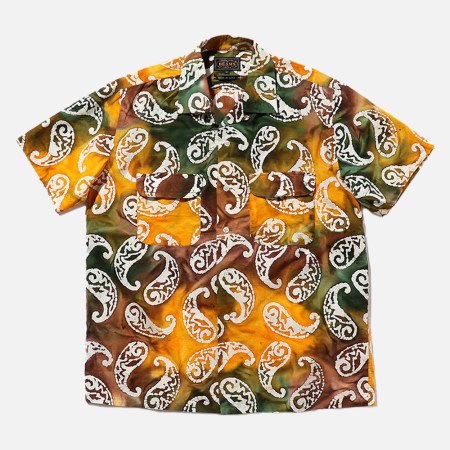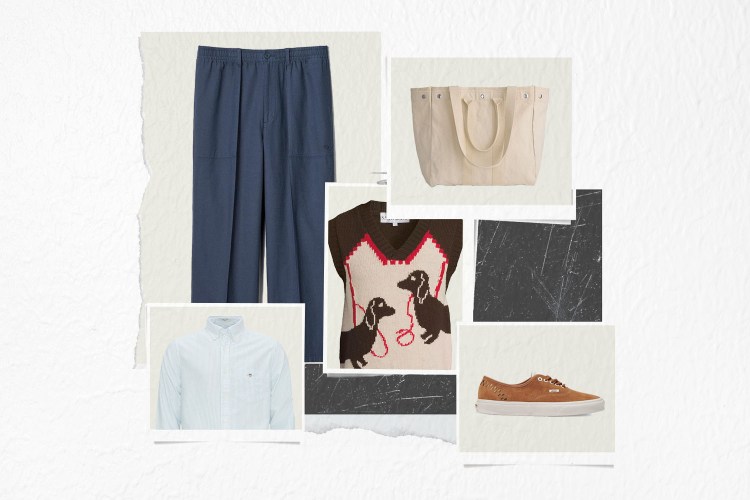Please note: If you buy through the links in this article, we may earn a small share of the profits.
Whether you’re building base this season, already eyeing the spring marathon season, or you just want to go fast, you may want to pick up a pair of racing shoes for your runs. These speed-focused kicks are designed to help you run as fast as possible, and they often showcase shoe brands’ most cutting-edge technologies.
A dedicated pair of racing shoes is a smart idea for most runners, says Ashley Arnold, a member of the shoe review team at running retailer Fleet Feet. By rotating shoes throughout your training schedule — and saving a pair for race day — you’ll extend the useful life of your shoes and potentially boost your performance, too.
“Whether or not your second pair of shoes is specifically designed for racing, it’s usually a good practice to build a shoe rotation for both your health and the health of your shoes,” she says.
Giving your shoes a break helps preserve their midsole and outsole materials, Arnold says. It also prevents your body from getting too accustomed to one shoe, which can lead to injury. And since racing shoes are lighter and can feel faster than training shoes, wearing a pair during your event can set you up for success on the course.
The Best Racing Shoes
Things to consider
Like any running shoe, you’ll want to find a pair of racing shoes that fits your foot and matches your running preferences, like plush cushioning or a firm, responsive ride. For the best results, it’s always smart to visit a running store and try shoes on in person. But to guide your shopping, there are a few key features to focus on when comparing racing shoe models.
• Cushioning: Many top-tier racing shoes feature premium cushioning foams and carbon fiber plates. Racing cushioning foams are usually formulated to be very lightweight and responsive (i.e., they quickly regain their shape when compressed), so you get maximum energy return with each step. Carbon fiber plates add even more energy return and increase running efficiency, so you waste less energy as you run. (Exactly how the plates do that is a matter of some debate.)
• Weight: Racing shoes are generally designed to be worn only on race days, so they’re usually built with lighter, leaner materials than those used in training shoes. That can make racing shoes less durable, Arnold says, but it also makes them weigh less, and that’s crucial for sustained speed. “You want your race shoe to be as light as possible to help shave off those precious seconds,” she says.
• The Distance You’re Running: Not all race shoes will work for all races. “You’ll want shoes that fit the distance and terrain you’re racing,” says Arnold. For shorter events, like a 5K or 10K, a lighter, firmer and more flexible shoe is often a good pick. For longer events like a marathon, you’ll probably want more cushioning to keep your feet from getting prematurely fatigued. And for trail races, you’ll need a trail shoe with a grippy, durable outsole.
Best for training and racing

Nike Zoom Fly 5 Premium
Not ready to splurge on a pair of shoes just for races? The Nike Zoom Fly 5 Premium is a shoe you can train in and also lace up for race day. The main highlight is the ZoomX cushioning foam, an ultralight and highly responsive compound that’s also used in Nike’s elite Alphafly racer. Combined with an embedded midfoot plate, this shoe encourages quick paces and smooth transitions, but the wider sole design offers a bit more stability and comfort — perfect for knocking out long training runs.
Best fit and feel

On Cloudboom Echo 3
On might be a relative newcomer in the racing space, but their Cloduboom Echo 3 is no joke. Packed to the nines with tech galore — the carbon Speedboard feels particularly springy, even when compared to other super shoes — the racer retains that much-sought combo of a light touch and lockdown fit, thanks in large part to the snug one-piece upper. If you’re a fit above all else kind of racer, this is really your only choice.
Best lightweight racer

Saucony Endorphin Elite
Saucony’s Endorphin Elite features a hefty wedge of cushioning, and yet it weighs a featherlight 7.2 ounces. The midsole utilizes Pwrrun HG, a new compound that’s tuned for maximum energy return and is only used in this shoe. It’s paired with a slotted carbon fiber plate for extra responsiveness and to make the shoe a bit more flexible. The upper is practically paper thin, and it’s very breathable. In my testing, I found the cushioning to be a bit firm, but the thick sole provided good shock absorption and the sharply rockered forefoot helped me get on my toes and pick up the pace.
Best premium tech

Nike Alphafly 2
The Alphafly is the Lamborghini of race shoes. It’s the pinnacle of Nike’s road running lineup, and it features the brand’s most innovative shoe tech. The midsole consists of a generous chunk of ultra-responsive, lightweight ZoomX foam along with two Zoom Air units (essentially, air-filled bags that act like shock absorbers) and a carbon fiber plate for additional snappiness. A breezy Atomknit upper saves weight and cushioned heel pods create a lockdown fit at the back of your foot. If you want to try some of the best tech runners can get, this is the shoe to go with.
Best for shorter races

New Balance FuelCell Supercomp Pacer
The FuelCell Supercomp Pacer is designed specifically for races from a 5K up to a half marathon. Compared to the beefy marathon shoes above, the Pacer has a relatively lean sole that will give you a nimble, close-to-the-ground feel. Two layers of responsive FuellCell cushioning and a carbon fiber plate create plenty of energy return for sustaining fast paces, and the mesh upper offers good breathability.
Best for runners with long strides

Asics Metaspeed Sky+
Asics took an interesting design approach with its road racing shoes: They’re tailored to how runners increase their speed, either by lengthening their stride or increasing the frequency of their strides. The Metaspeed Sky+ is built for runners who lengthen their strides when going fast. It features more FlyteFoam Turbo cushioning under the forefoot and combined with the shoe’s carbon fiber plate, it creates lots of energy return so you get maximum propulsion with each toe-off. At 7.2 ounces, it’s also very lightweight. If you boost your pace by increasing the number of strides you take, check out its sister shoe, the Metaspeed Edge+.
Best for trail races

Salomon S/Lab Pulsar 2
Salomon shoes have a well-deserved reputation for top performance on the trail, especially for racing. The Pulsar 2 is a superlight trail racer that’s built for speed. It’s not a plush shoe, but the slim midsole makes the shoe very flexible and creates a nimble, firm and responsive experience that’s perfect for navigating technical trails. The sole also has a rocker shape for smooth transitions. The thin upper features Salomon’s Quicklace drawstring closure system for a snug fit. I took these on a test run, and although the footbed is narrow, my feet felt comfortable and the lean design definitely encouraged speed.
Best for a responsive ride

Reebok Floatride Energy X
Reebok’s Floatride Energy X is an affordable alternative to high-priced race shoes from other brands, and it’s a good pick for runners who like a firmer feel in their shoes. The Energy X has all the hallmarks of a marathon shoe, including a thick wedge of cushioning and a carbon fiber plate for snappy responsiveness. On my test runs, I found the ride to be firm but smooth, and the lightweight woven upper offers a close fit and good breathability.
Best expert-recommended

Hoka Carbon X 3
Arnold is currently using this shoe to train for a marathon, and it’s one of Hoka’s top-tier racers. The third iteration is a significant revamp, and the shoe now has a new foam midsole and a redesigned upper. The Carbon X 3 features a carbon fiber plate and a rocker sole shape; combined with the lightweight, bouncy foam, they create a smooth and propulsive feel underfoot. The new upper is made with engineered mesh and has an integrated tongue for sock-like comfort, but it also creates a very secure fit around your foot — essential for longer races like marathons.
We've put in the work researching, reviewing and rounding up all the shirts, jackets, shoes and accessories you'll need this season, whether it's for yourself or for gifting purposes. Sign up here for weekly style inspo direct to your inbox.
































